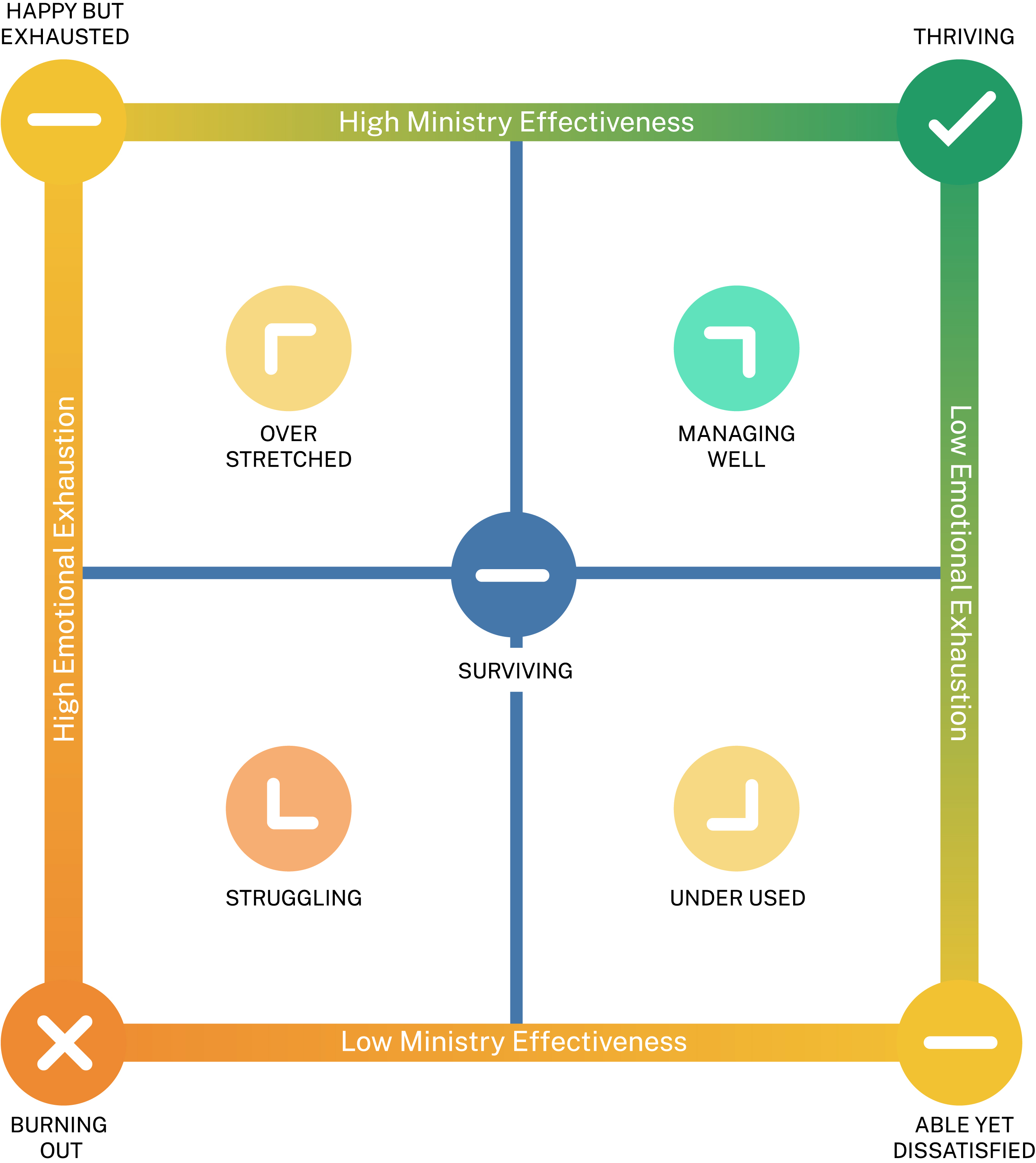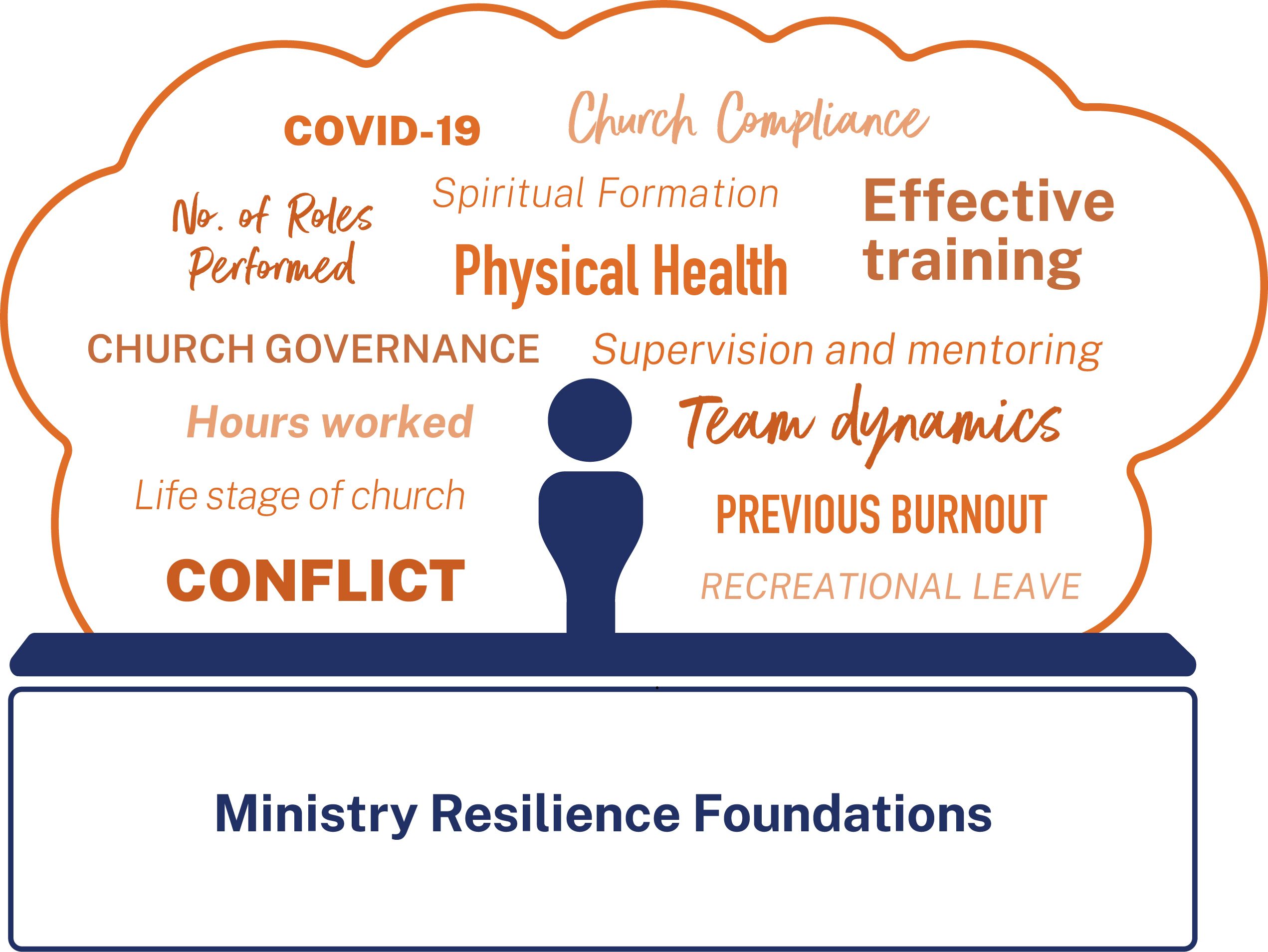Church leadership can be both rewarding and stressful. One way of measuring a leaders sense of wellbeing is their levels of stress and effectiveness. In the 2021 National Church Life Survey (2021 NCLS), we asked senior leaders to rate both their sense of effectiveness and the sense of stress they experienced in their ministry roles.
Many of the leaders surveyed indicate a high sense of effectiveness in ministry, with 79% rating themselves in the top half of the scale. But they also tell us that they experience significant levels of stress in ministry, with 54% ranking their stress in the top half of the scale.
While the ‘effectiveness in ministry’ results are encouraging, there has been a drop of 6% since 2016, where 85% of senior leaders rated themselves as effective. Stress levels have also risen in the same period. In 2016, 46% of leaders rated their stress on the top half of the scale, compared with 54% in the 2021 NCLS.
This trend is concerning for leaders of faith communities who want to continue to thrive in ministry. We suggest for church leaders, while higher levels of stress in the COVID-19 period are understandable, this can’t be sustained as a ‘new normal’.
Movement up and down a spectrum is a natural dynamic of day to day ministry. However our research shows that at the top end of that spectrum, a thriving, life-filled, leader feels both highly effective in the ministry role and also has high reserves of enthusiasm and energy. The opposite end of the spectrum is burning out, where leaders have low emotional energy and high stress, which we aim to help leaders avoid.

Many factors come into play regarding ministry resilience and sustainability. These include things that are part of the job, personal issues like health, family life and issues affecting the wider world such as the pandemic, as well as individual capacity.
Another area that could be contributing to stress experienced by senior local leaders is a mismatch between what church leaders actually do compared with what they think their roles should be. More information on mismatch of roles within ministry is available in our article Ministry roles: What should be done versus the actual reality.

NCLS researcher Sam Sterland says the experience of ministry in 2021 hasn’t necessarily pushed more leaders into burnout, “but it has pushed more leaders into unsustainable territory, where they feel more effective, but are more tired than ever.”
We encourage leaders to consider Ministry Resilience Foundations that can help support leaders and contribute to their sustainability.
For more information on Ministry foundations: 6 areas that contribute to thriving in ministry, watch Sam's video presentation



